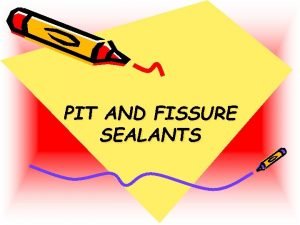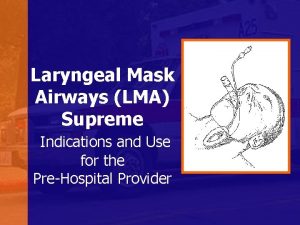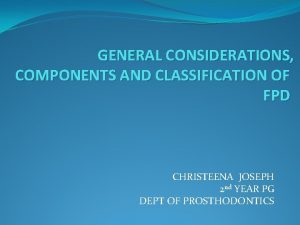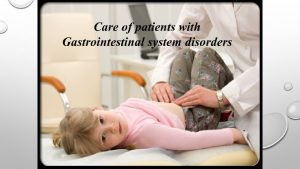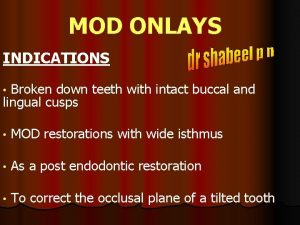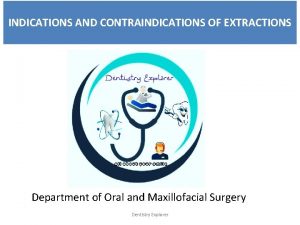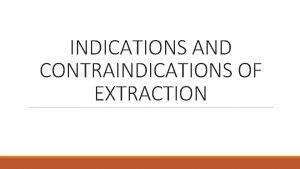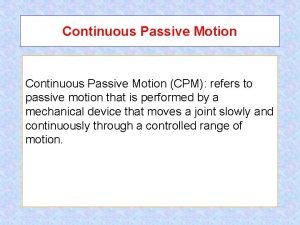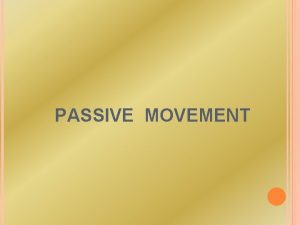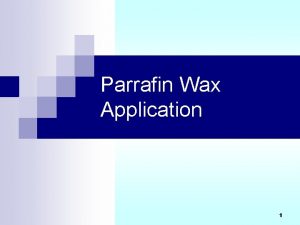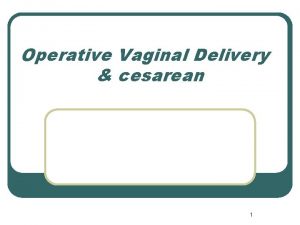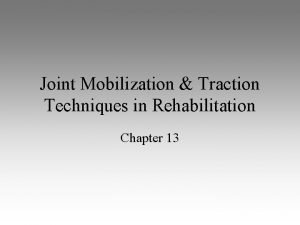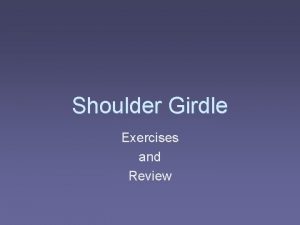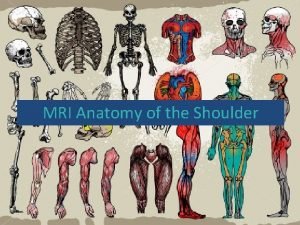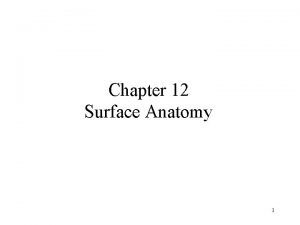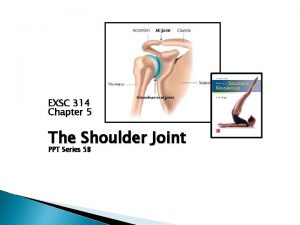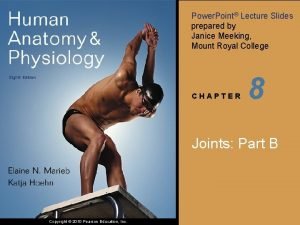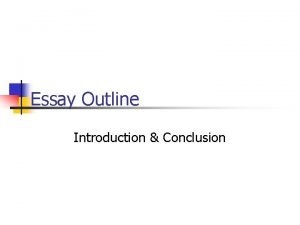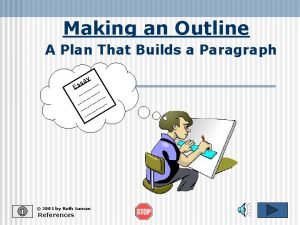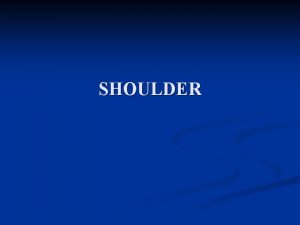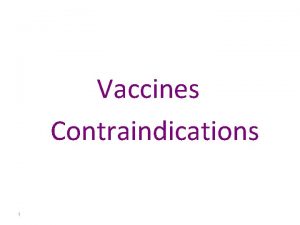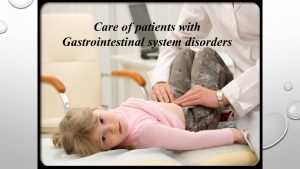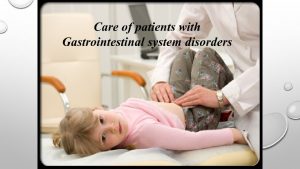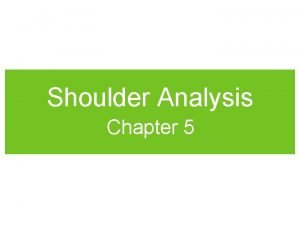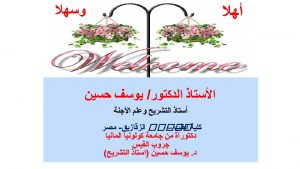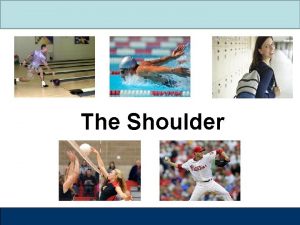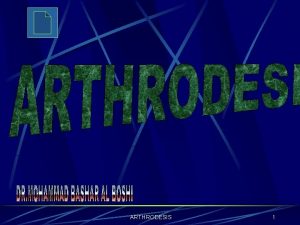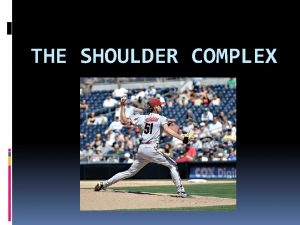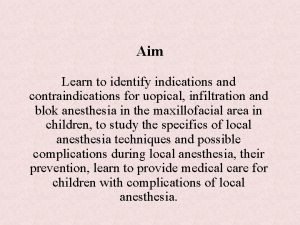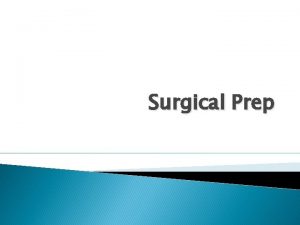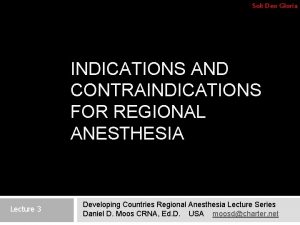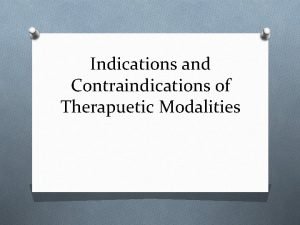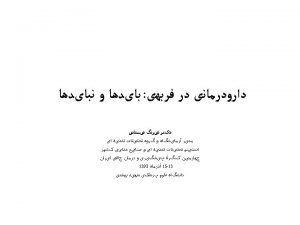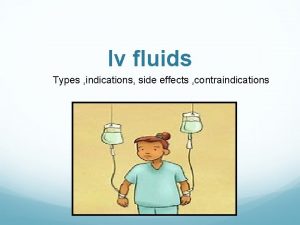Shoulder Arthrography Outline Anatomy Arthrogram Introduction Indications Contraindications


























- Slides: 26

Shoulder Arthrography (肩關節攝影)

Outline �Anatomy �Arthrogram �Introduction �Indications �Contraindications �Procedure �Risks �Other tests �Case

Anatomy �The shoulder is a ball-and-socket joint

Anatomy

Anatomy

arthrogram �An arthrogram may be more useful than a regular Xray because it shows the surface of soft tissues lining the joint as well as the joint bones. A regular X-ray only shows the bones of the joint. This test can be done on your hip, knee, ankle, shoulder, elbow, wrist, or jaw (temporomandibular joint).

Introduction �Shoulder arthrography is a procedure for demonstration of tendon injury, joint surfaces, and capsular structures. �This allows your doctor to see the soft tissue structures of your joint, such as tendons, ligaments, muscles, cartilage, and your joint capsule.

An arthrogram is used to: �Find problems in your joint capsule, ligaments, cartilage (including tears, degeneration, or disease), and the bones in the joint. In your shoulder, it may be used to help find rotator cuff tears or a frozen shoulder. �Find abnormal growths or fluid-filled cysts.

Indications � 1. Assessment of persistent shoulder pain and limitation of movement, and tendon injury. � 2. To assess the glenoid labrum in patients of recurrent dislocations: � 3. In the evaluation of frozen shoulder. � 4. for diagnosis of glenoid labrum tear � 5. for diagnosis of adhesive capsulitis

Contraindications � 1. Local infection. � 2. Contrast allergy/iodine allergy � 3. allergy to local anaesthetic agent � 4. non-consent

Preparation �Patient Identification (3 C's- correct patient, correct side, correct procedure) �NPO 4 hr. �pregnant? �Does the patient have a history of contrast/iodine allergy? �Is the patient intending to drive home after the procedure?

Procedure Scout view AP external rotation

Procedure-Needle Insertion and Contrast Injection @15 mm of mixture of contrast fluid and lidocaine (ratio 3: 1)

Procedure In internal rotation In neutral position

Procedure In external rotation fully abducted

Procedure outlet position

Procedure �You may be asked to move your joint around to help the dye or air spread inside your joint. Pictures from the fluoroscope show if the dye has filled your entire joint. Hold as still as possible while the X-rays are being taken unless your doctor tells you to move your joint through its entire range of motion. The Xrays need to be taken quickly, before the dye spreads to other tissues around your joint.

Risks �Joint pain for more than 1 or 2 days. �An allergic reaction to the dye. �Damage to the structures inside your joint or bleeding in the joint. But this is very rare because the needle that is used is small. �Infection in the joint.

After the arthrogram: �rest your joint for about 12 hours. �Do not do any strenuous activity for 1 to 2 days. �Use ice for any swelling and use pain medicine for any pain. �You may also hear a grating, clicking, or cracking sound when you move your joint. This is normal and goes away in about 24 hours.

Other tests �such as magnetic resonance imaging (MRI) and computed tomography (CT), give different information about a joint. They may be used with an arthrogram or when an arthrogram does not give a clear picture of the joint.

Arthrogram -normal appearance

Rotator cuff tear(arrow)

Intraarticular Masses

adhesive capsulitis

Discussion �normally no communication exists between the shoulder joint and the subacromial bursae �when radiopaque dye is injected into the shoulder and is subsequently demonstrated in the subacromial bursa, a rotator cuff tear is present

Thank you!!!
 Arthrography
Arthrography Arthrograms of the knee joint labeled
Arthrograms of the knee joint labeled Words using surgery
Words using surgery Pits and fissures definition
Pits and fissures definition Rpd indications
Rpd indications Lma indications semiconscious
Lma indications semiconscious Conventional tooth supported fpd
Conventional tooth supported fpd Colostomy procedure
Colostomy procedure Proximal ditch
Proximal ditch Contraindications for tooth extraction
Contraindications for tooth extraction Absolute contraindication of extraction
Absolute contraindication of extraction Whats a cpm machine
Whats a cpm machine Principles of relaxed passive movement
Principles of relaxed passive movement Dip immersion paraffin
Dip immersion paraffin Vacuum delivery indication
Vacuum delivery indication Traction of joints
Traction of joints Joint mobilization indications and contraindications
Joint mobilization indications and contraindications Scapula exercises bodybuilding
Scapula exercises bodybuilding Aber view mri positioning
Aber view mri positioning Pelvis surface anatomy
Pelvis surface anatomy Muscles of shoulder joint ppt
Muscles of shoulder joint ppt Shoulder anatomy
Shoulder anatomy Articular capsule
Articular capsule Topic sentence outline example
Topic sentence outline example Conclusion paragraph outline
Conclusion paragraph outline 5 paragraph essay
5 paragraph essay Introduction to software engineering course outline
Introduction to software engineering course outline



